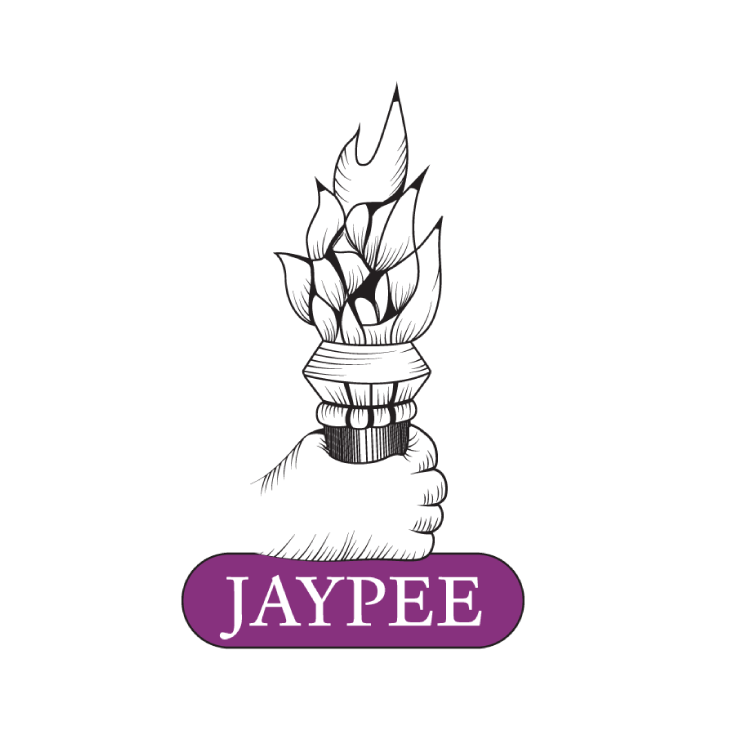A practical Operative Guide for Total Knee and Hip Replacement
AJIT KUMAR MEHTASynopsis
Extension of chapters like total knee replacement (TKR) by navigation system, important points and total hip replacement (THR) in difficult situations, bone cement, ultrasonic system for cemented and uncemented revision surgeries, complications and revision THR, physiotherapy in TKR and THR has been made. In revision THR, we have used uncemented modular revision stem with distal fixation (solution revision stem or REEF) in addition to cemented C-stem and uncemented summit stem. To make these special surgeries easier, diagrammatic and some more original photographs have been included. Outline of TKR by navigation system has been mentioned. Basic principles and technique remain the same as conventional technique, only the assessment of tibial and femoral resections is made by morphing the hip center, femoral mechanical axis, whiteside line, tibial mechanical axis, various femoral and tibial landmarks and surfaces. Ligament balancing and patellar tracking are being seen on computer. TKR with navigation system is more useful in patients with arthritis of the knee and extra-articular femoral and/or tibial deformity, retained hardware or intramedullary implants. Various techniques of postoperative analgesia like patient-controlled analgesia (PCA) have been added in addition to epidural analgesia. In place of unicondylar knee replacement for medial compartment osteoarthritis, we are performing high tibial osteotomy (HTO) by hemicallotasis (HCO) using dynamic axial fixator (DAF) with the principle of neohistogenesis and gradual correction of varus deformity. The chapter of high tibial osteotomy by hemicallotasis has been separated from second edition of this book and published as a separate book titled Step by step High Tibial Osteotomy by Hemicallotasis— parts of dynamic axial fixator, technique of fixator application and audiovisual presentation for education to medial compartment osteoarthritis patients for easy and better understanding of the steps. Postoperative pain management has been described after TKR and THR. Management of complications like supracondylar fracture femur and infection following TKR have been included. Technique of revision TKR and THR has been mentioned. Whenever planned for arthrodesis of the knee following infected TKR, the technique has been described with limb reconstruction system (LRS). A patient’s guide to arthritis and joint replacement and ultrasonic cement removal system for revision joint replacement surgeries have been added. Technically well-performed joint replacement surgeries and postoperative good physiotherapy give excellent results. Long-term success of joint replacement depends on restoration of the normal alignment of the lower limb, thereby, bringing the transverse axis of the knee parallel to the ground in anatomic two-legged stance and restoring normal weight distribution across the joint.
Synopsis
Extension of chapters like total knee replacement (TKR) by navigation system, important points and total hip replacement (THR) in difficult situations, bone cement, ultrasonic system for cemented and uncemented revision surgeries, complications and revision THR, physiotherapy in TKR and THR has been made. In revision THR, we have used uncemented modular revision stem with distal fixation (solution revision stem or REEF) in addition to cemented C-stem and uncemented summit stem. To make these special surgeries easier, diagrammatic and some more original photographs have been included. Outline of TKR by navigation system has been mentioned. Basic principles and technique remain the same as conventional technique, only the assessment of tibial and femoral resections is made by morphing the hip center, femoral mechanical axis, whiteside line, tibial mechanical axis, various femoral and tibial landmarks and surfaces. Ligament balancing and patellar tracking are being seen on computer. TKR with navigation system is more useful in patients with arthritis of the knee and extra-articular femoral and/or tibial deformity, retained hardware or intramedullary implants. Various techniques of postoperative analgesia like patient-controlled analgesia (PCA) have been added in addition to epidural analgesia. In place of unicondylar knee replacement for medial compartment osteoarthritis, we are performing high tibial osteotomy (HTO) by hemicallotasis (HCO) using dynamic axial fixator (DAF) with the principle of neohistogenesis and gradual correction of varus deformity. The chapter of high tibial osteotomy by hemicallotasis has been separated from second edition of this book and published as a separate book titled Step by step High Tibial Osteotomy by Hemicallotasis— parts of dynamic axial fixator, technique of fixator application and audiovisual presentation for education to medial compartment osteoarthritis patients for easy and better understanding of the steps. Postoperative pain management has been described after TKR and THR. Management of complications like supracondylar fracture femur and infection following TKR have been included. Technique of revision TKR and THR has been mentioned. Whenever planned for arthrodesis of the knee following infected TKR, the technique has been described with limb reconstruction system (LRS). A patient’s guide to arthritis and joint replacement and ultrasonic cement removal system for revision joint replacement surgeries have been added. Technically well-performed joint replacement surgeries and postoperative good physiotherapy give excellent results. Long-term success of joint replacement depends on restoration of the normal alignment of the lower limb, thereby, bringing the transverse axis of the knee parallel to the ground in anatomic two-legged stance and restoring normal weight distribution across the joint.
Description
Extension of chapters like total knee replacement (TKR) by navigation system, important points and total hip replacement (THR) in difficult situations, bone cement, ultrasonic system for cemented and uncemented revision surgeries, complications and revision THR, physiotherapy in TKR and THR has been made. In revision THR, we have used uncemented modular revision stem with distal fixation (solution revision stem or REEF) in addition to cemented C-stem and uncemented summit stem. To make these special surgeries easier, diagrammatic and some more original photographs have been included. Outline of TKR by navigation system has been mentioned. Basic principles and technique remain the same as conventional technique, only the assessment of tibial and femoral resections is made by morphing the hip center, femoral mechanical axis, whiteside line, tibial mechanical axis, various femoral and tibial landmarks and surfaces. Ligament balancing and patellar tracking are being seen on computer. TKR with navigation system is more useful in patients with arthritis of the knee and extra-articular femoral and/or tibial deformity, retained hardware or intramedullary implants. Various techniques of postoperative analgesia like patient-controlled analgesia (PCA) have been added in addition to epidural analgesia. In place of unicondylar knee replacement for medial compartment osteoarthritis, we are performing high tibial osteotomy (HTO) by hemicallotasis (HCO) using dynamic axial fixator (DAF) with the principle of neohistogenesis and gradual correction of varus deformity. The chapter of high tibial osteotomy by hemicallotasis has been separated from second edition of this book and published as a separate book titled Step by step High Tibial Osteotomy by Hemicallotasis— parts of dynamic axial fixator, technique of fixator application and audiovisual presentation for education to medial compartment osteoarthritis patients for easy and better understanding of the steps. Postoperative pain management has been described after TKR and THR. Management of complications like supracondylar fracture femur and infection following TKR have been included. Technique of revision TKR and THR has been mentioned. Whenever planned for arthrodesis of the knee following infected TKR, the technique has been described with limb reconstruction system (LRS). A patient’s guide to arthritis and joint replacement and ultrasonic cement removal system for revision joint replacement surgeries have been added. Technically well-performed joint replacement surgeries and postoperative good physiotherapy give excellent results. Long-term success of joint replacement depends on restoration of the normal alignment of the lower limb, thereby, bringing the transverse axis of the knee parallel to the ground in anatomic two-legged stance and restoring normal weight distribution across the joint.
Key Features
Technically well-performed total joint replacement surgery and postoperative good physiotherapy give the excellent results.
Long-term success of joint replacement depends on the restoration of the normal alignment of the lower limb, thereby bringing the transverse axis of the knee parallel to the ground in anatomic two-legged stance and restoring normal weight distribution across the joint.
In this book, the protocols and techniques of total knee and hip replacement surgeries are mentioned in sequential order.
Product Details
Publisher :
JPB ;2/e edition (01 January 2015)
Edition :
2/e edition
Binding :
Hard Back
Language :
English
Paperback :
240 pages
ISBN-13 :
9789351524823
Item Weight :
980 grams
Dimensions :
8.5 x 11
Printing Format Color :
Four Color

